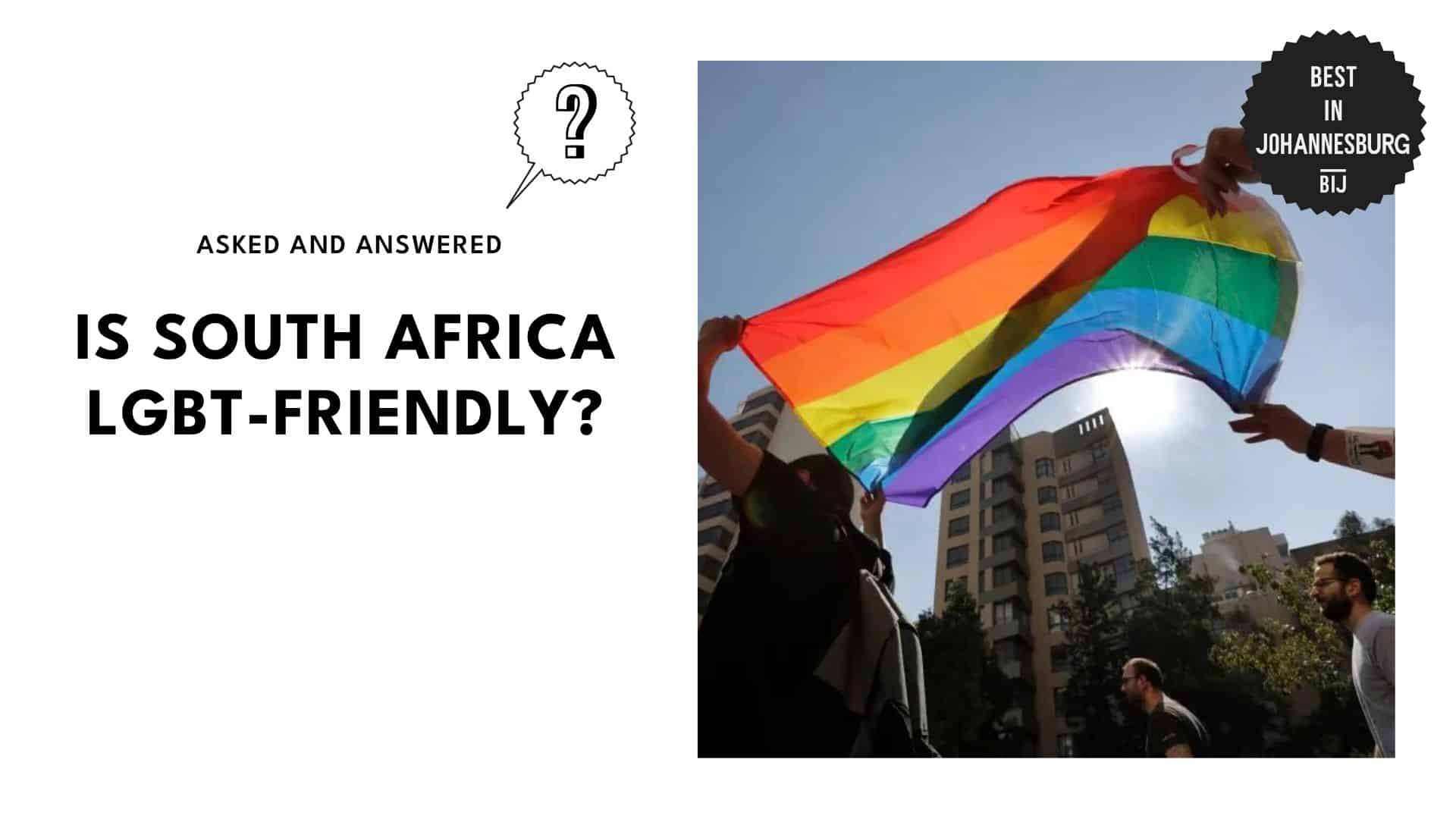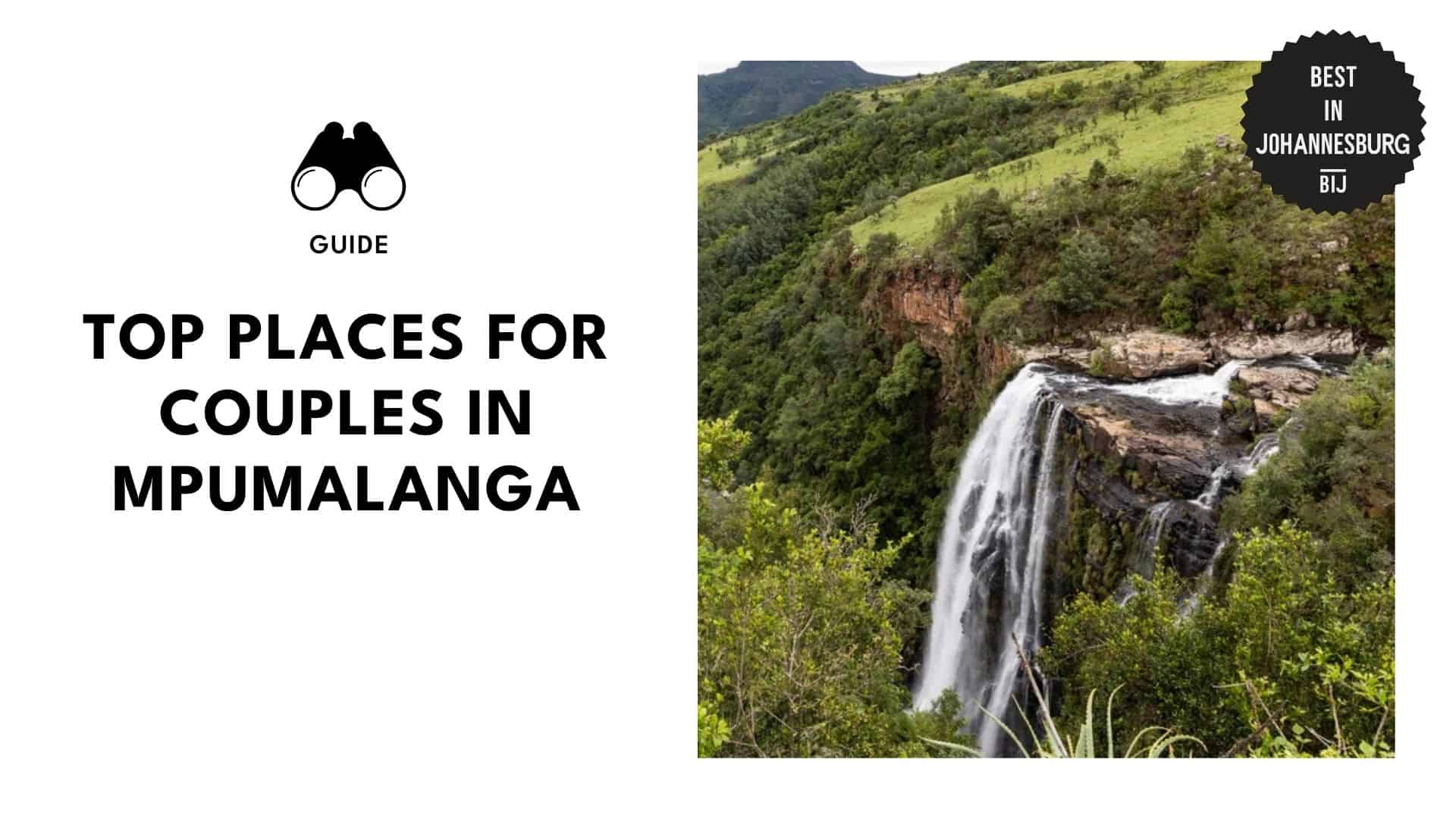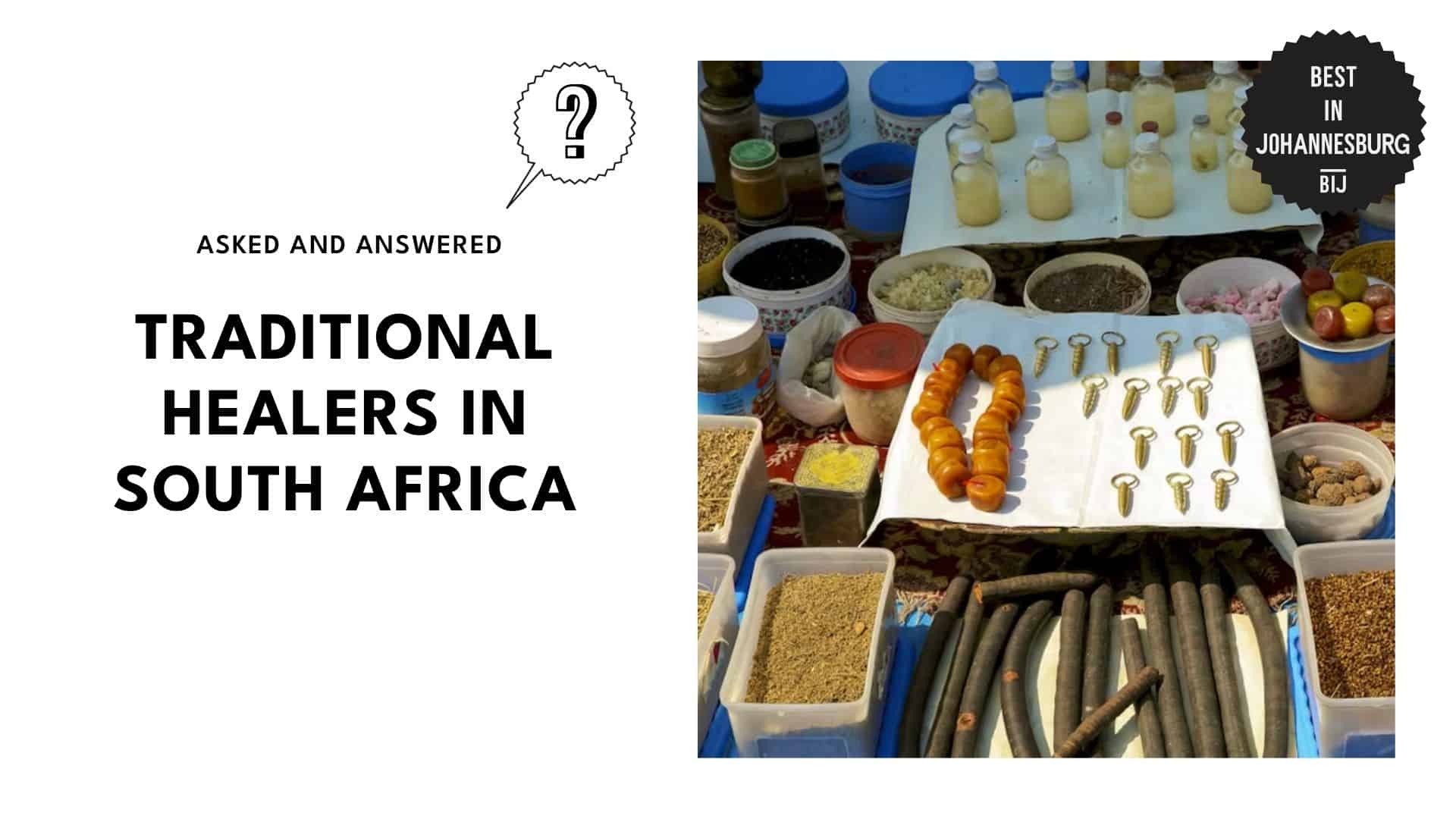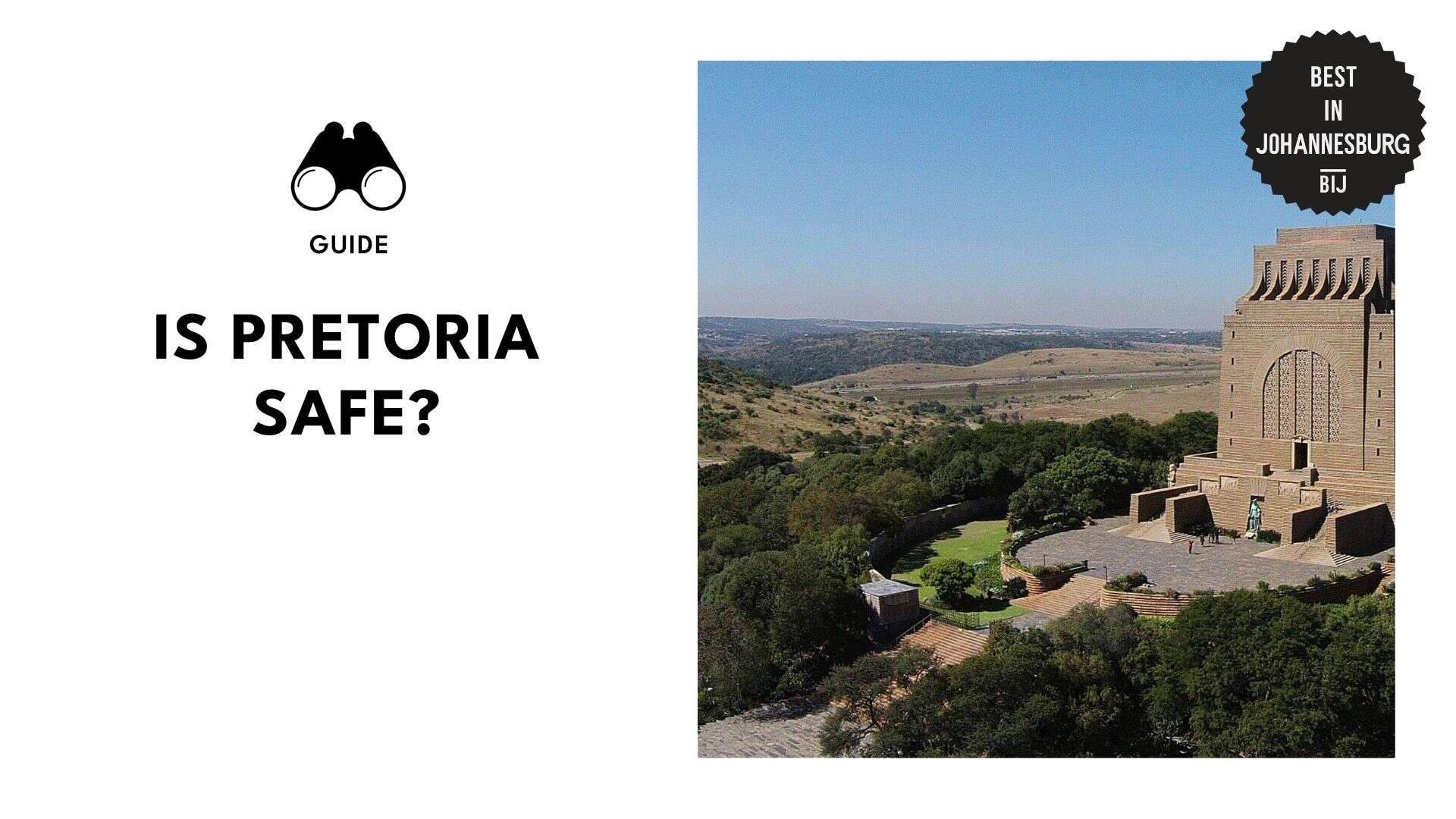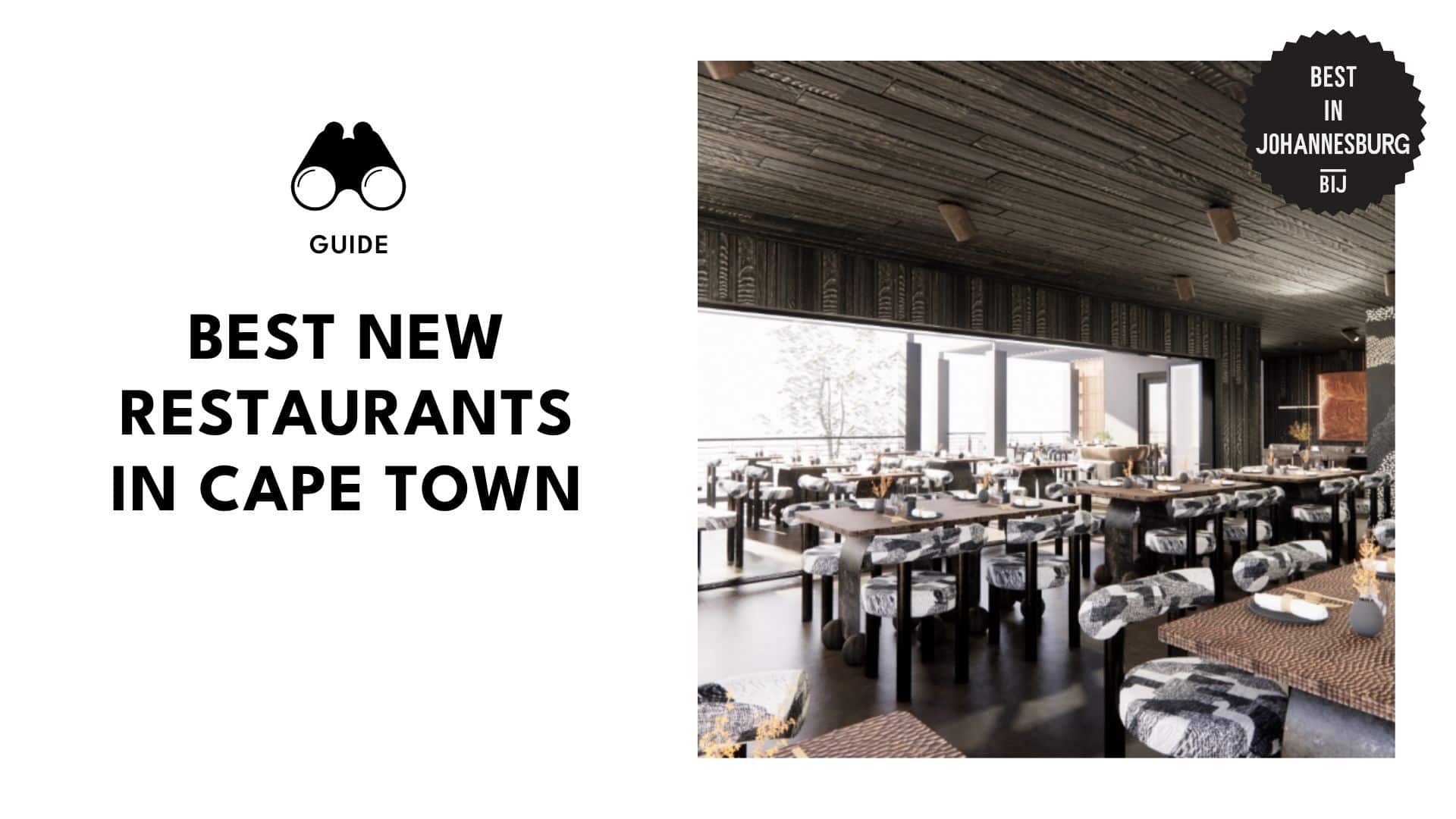Categories > Guides and Tips
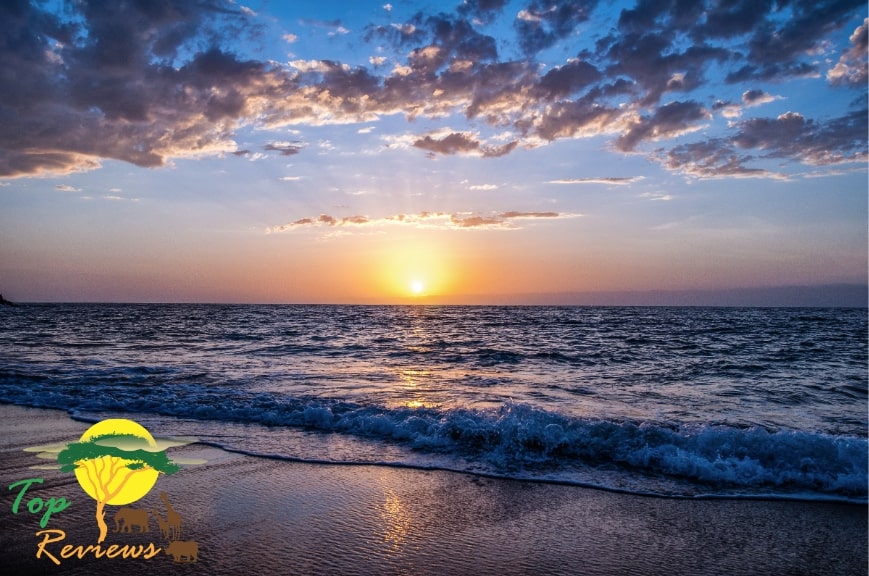
Exploring Mpumalanga: The Land of the Rising Sun
- Why is Mpumalanga called the Land of the Rising Sun?
- Understanding Mpumalanga’s Name Change
- What is unique about Mpumalanga?
- Mpumalanga is a mining hotspot.
- The province is a big player in the country’s tourism.
- It boasts a rich cultural heritage.
- Mpumalanga is home to lively art and music.
- Places to Visit in Mpumalanga
- Kruger National Park
- Blyde River Canyon
- Sudwala Caves
- Pilgrim's Rest
- Sabie Waterfalls Route
Mpumalanga is a South African province situated in the east and shares borders with the provinces of KwaZulu-Natal to the southeast, Gauteng to the west, Free State to the southwest, and Limpopo to the north.
Find out why we call Mpumalanga the Land of the Rising Sun! Read on to learn more about our lovely locale.
Why is Mpumalanga called the Land of the Rising Sun?
Mmupalanga is called the Land of the Rising Sun because it is the first region in South Africa to be touched by the sun’s rays as it rises in the east.
Once called Eastern Transvaal, the province was renamed Mpumalanga in the early 1990s. Mpumalanga is Swasi for “where the sun rises”– thus owning its nickname, the Land of the Rising Sun.
This was coined due to the province’s location on the eastern edge of South Africa. The Lebombo Mountains, which spread from the Kruger National Park in the south to Swaziland in the north, form the province’s eastern border.
Understanding Mpumalanga’s Name Change

Like most places in South Africa, Eastern Transvaal (now known as Mpumalanga) also has a rich and complex history.
Before the European settlers arrived in the 1800s, the province was led and inhabited by several indigenous tribes like the Ndebele, Swazi, and Zulu.
In 1902, following the Anglo-Boer War, Mpumalanga became part of the Transvaal Colony, which was ruled by the British Empire.
Mpumalanga was designated as a “homeland” for black South Africans during the apartheid era, with the government forcibly relocating thousands of people to the area.
It was only after the apartheid that the province became part of the newly-established democratic South Africa and was granted provincial status. It was also during that time when the name of the Eastern Transvaal province was changed to Mpumalanga.
Aside from its literal translation and thus the province’s location, the decision to rename the province was part of a larger effort in post-apartheid South Africa to forge a new sense of national unity and identity.
Actually, many apartheid-era place names and symbols seen as divisive and exclusionary were changed or removed during this period.
The province’s unique identity and heritage were also symbolised by the name of change from Eastern Transvaal to Mpumalanga.
The new name reflected the region’s natural beauty, cultural richness, and historical significance, and it aided in positioning it as a distinct and appealing tourist and investment destination.
What is unique about Mpumalanga?

Often referred to as the “nature lover’s paradise”, Mpumalanga is known for its natural beauty, rich cultural heritage, and diverse wildlife.
Here are some unique facts about the province you probably didn’t know:
1. Mpumalanga is a mining hotspot.

They’re also a significant producer of coal, gold, and other minerals, with a number of sizable mining enterprises based in the province.
In 2020, the South African government estimated R 213 billion in revenue from the mining industry, with Mpumalanga being one of the major contributors.
2. The province is a big player in the country’s tourism.

Mpumalanga also plays a crucial role in the country’s tourism, attracting visitors from all over the world to its natural attractions, game reserves, and cultural heritage sites.
According to Statistics South Africa, over 1.2 million domestic and international tourists visited the province in 2019, generating an estimated R5.5 billion ($380 million) in revenue.
The Kruger National Park and the Blyde River Canyon are just some of the most popular tourist destinations in the province. If you’re curious as to which destinations to visit, read on and we’ll suggest our top tourist spots!
3. It boasts a rich cultural heritage.

Lastly, with various traditional Ndebele villages that highlight the distinctive art and architecture of the Ndebele people, Mpumalanga has a rich cultural legacy.
The pre-colonial trading settlement of Thulamela, which dates to the 15th century, is also found in this province.
The settlement was located on a trade route that connected the region to the Indian Ocean, making it an important centre for trade in ivory, gold, and other commodities.
A park ranger who was on patrol in 1997 saw a rock wall, leading to its rediscovery.
Archaeologists from the University of Pretoria continued their investigation and excavation work, discovering the ruins of a royal home, a palace, and several other smaller structures.
Its old ruins are still visible today, which you can also explore through guided tours.
4. Mpumalanga is home to lively art and music.

The vibrant artistic and musical scene in the land of the rising sun is a reflection of the region’s varied population and rich cultural heritage.
Although we locals aren’t really set in just one genre, one of the most popular kinds of music in the community is Maskandi, which has become a staple of Zulu culture.
Maskandi music is a unique fusion of traditional African melodies and modern influences, which you’ll surely recognise with its distinctive guitar sound and catchy rhythms.
We also have public art that showcases our cultural diversity and natural beauty. For instance, local artist Pitika Ntuli’s leopard sculpture at the Mbombela Stadium in Nelspruit serves as a representation of the region’s wildlife.
Many craft fairs in Mpumalanga also feature the creations of regional artisans. The Panorama Route Art Market, which takes place on weekends and holidays, is one of the most well-liked marketplaces.
You’ll be able to choose from a range of homemade goods, such as pottery, wood carvings, and beaded jewellery, which are available for purchase by visitors.
Also, great news for those interested in film festivals: Mpumalanga is also very active in hosting film festivals. The Mpumalanga Short Film Festival is a popular event that showcases the best of local and international short films.
The Africa Burns Festival, which takes place in the nearby town of Nelspruit, is another festival that celebrates the creative arts in all forms.
Places to Visit in Mpumalanga
If you’ve done some digging in the province, you may have been bombarded with a seemingly endless list of interesting tourist hotspots. And let’s face it, with so much on offer, it’s no wonder you’re feeling a tad overwhelmed about crafting the perfect itinerary.
Don’t worry, we handpicked the best tourist spots in Mpumalanga you can’t miss:
1. Kruger National Park

With its diverse range of flora and fauna, including the legendary Big Five – lions, elephants, leopards, rhinos, and buffalos – Kruger National Park is a wildlife enthusiast’s paradise.
The first thing that will impress you is the reserve’s size. The park spans a massive 19,485 square kilometres in northeastern South Africa, making it one of the largest game reserves in Africa.
The vast size of the park supports various ecosystems and habitats, which is why it boasts of taking care of so many different species.
Visiting Kruger National Park is incredibly accessible, as there are several entrance gates located around the park, making it easy to reach by road.
With its rich cultural heritage, visitors can also discover several important archaeological and rock art sites within the park.
Several communities living in and around the park for generations also add to its cultural significance, making this experience unlike any other.
2. Blyde River Canyon

One of South Africa’s most striking monuments is the Blyde River Canyon, a natural wonder that can be found in the province of Mpumalanga.
At 26 kilometres long and 800 meters deep, the Blyde River Canyon is Africa’s third-largest canyon and one of the world’s largest. Its soaring cliffs, cascading waterfalls, and lush landscapes provide breathtaking views that are unrivalled.
What sets Blyde River Canyon apart from other natural wonders is the incredible variety of plants and animals that can be found there. More than 1,000 plant species, some of which are exclusive to this area, thrive in the canyon’s unique ecosystem.
The canyon is also home to a variety of mammals, reptiles, and bird species, some of which are endangered, making it a favourite destination for nature enthusiasts and birdwatchers.
A substantial number of different bird and animal species live in the breathtaking waterfalls also found within the canyon, namely the Bridal Veil Falls, Lisbon Falls, and Berlin Falls– which can honestly be a trip in itself.
We also love how exploring the area’s natural beauty is made easy with Blyde River Canyon’s numerous hiking routes. But don’t worry if you’re a hiking amateur, as these trails aren’t very difficult.
We suggest checking the Three Rondavels hike, which is one of the most popular and provides breathtaking views of the Three Rondavels, a collection of rock formations that resemble traditional African houses.
3. Sudwala Caves

The Sudwala Caves are considered one of the world’s oldest cave systems, estimated to be between 240 and 290 million years old.
As if that wasn’t remarkable enough, it’s actually also considered one of the largest chambers in the world, with its main chamber estimated to be about 70 meters wide and 37 metres high.
Amazing stalactites and stalagmites, some of which are more than 150 million years old, are found throughout the cave. The formations are the consequence of mineral accumulation and centuries of water dropping.
Unsurprisingly, these caves also hold great significance in the country’s cultural history. Researchers have found archaeological evidence suggesting that the caves were used for shelter and ritual purposes by our indigenous ancestors.
4. Pilgrim’s Rest

Pilgrim’s Rest is a small town in Mpumalanga that was declared a National Monument in 1986. Its rich history and uniqueness allow it to be relevant even after many decades.
The town became a goldmine hotspot in the late 1800s and most of the original buildings and structures from that time have been preserved and turned into museums and tourist attractions, which explains why it’s often on tourists’ must-visit lists.
This is also why the town is known for its unique architecture, which reflects the style of the late 19th and early 20th centuries.
Pilgrim’s Rest is also surrounded by stunning natural scenery, including mountains, rivers, and forests, in addition to its historical significance.
We suggest either going hiking, fishing, or birdwatching in the area. Better yet, make it a weekend trip and try them all!
Pilgrim’s Rest is also well-known for hosting the annual Gold Panning Championships, which draw competitors from all over the world. The championships are held every September and give visitors the opportunity to try their hand at gold panning.
5. Sabie Waterfalls Route

The Sabie Waterfalls Route is a 70-kilometre-long scenic driving route that starts in Sabie.
Through this route, you’ll be able to witness several beautiful waterfalls, including the Horseshoe Falls, Lone Creek Falls, Bridal Veil Falls, and the Mac Mac Falls, which mark the end of the route.
The Mac Mac Falls, named after the Scottish gold miners during the 1870s gold rush, is also considered the real gem of the Sabie Waterfalls Route, with an impressive height of 65 metres.
As you drive along the route, you’ll also be able to soak in the stunning views of the Drakensberg Mountains, the Lowveld, and the forests of the Mpumalanga escarpment.
The forests are home to a diverse range of flora and fauna, including several rare and endangered species, making it a true haven for nature lovers.
Keep an eye out for some of the wildlife that calls this area home, such as baboons, vervet monkeys, and various bird species. And if you’re feeling adventurous, why not take a hike through the forests and explore some of the hidden gems along the way?
